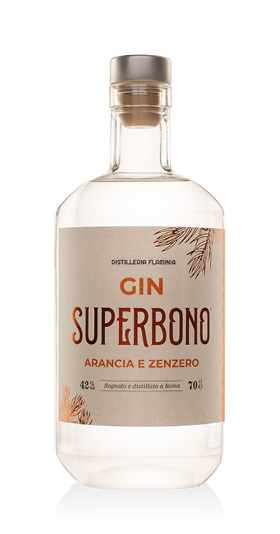Lazio
Lazio wine has very ancient origins, dating back to the Etruscan population who inhabited the areas of Tuscany and upper Lazio. From these antecedents the Roman civilization was able to draw a wine culture and develop it at the gates of the city of Rome, in particular in the south-eastern area currently corresponding to the Castelli Romani area. It was here that prominent figures such as Cato the Censor and Marco Tullio Cicero had chosen to place their summer residences, far from the busy city and the chaos of public life. The wine culture linked to the evolution of the Empire soon allowed the spread of local and imported wines which, almost uninterruptedly, have given us historical evidence on the habits and methods of consumption of the time. Just Cato already in the first half of the second century BC published a De agri cultura a text of enormous importance in testifying the success of viticulture in the Castelli Romani and full of insights and advice on how to raise the vine and proceed with healthy winemaking practices. On the other hand, a legend that refers to the Viterbo area the celebrity of Montefiascone Est is due to the XII century! East!! East!!!. It is a white wine remembered for the singular story of Bishop Johannes Defuk, a prelate known for his great passion for wines who, finding himself in the retinue of Henry V traveling to Rome, decided to entrust a very delicate task to his messenger: distinguish inns where quality wine was served with a sign of recognition. The servant himself mentioned three times, with the initials East! East!! Est !!!, the place where this excellent wine was served, destined to remain in history. The popularity of these areas still allowed during the mid-19th century to classify the wines of Montefiascone, Frascati and Marino as the most popular wines. Still widely consumed today thanks to the careful work of promotion and protection, the Marino DOC and Frascati Superiore DOCG appellations continue to offer and spread important varieties such as Bellone, Bombino, Malvasia and Trebbiano. Compared to red grape varieties, in addition to the important and albeit limited diffusion of Syrah and Cabernet Sauvignon, Cesanese remains a widely appreciated grape in southern Lazio and normally considered suitable for the production of fresh and drinkable wines. Since 2008 Cesanese del Piglio is the only red wine with the DOCG designation. In the southern coastal area of the region, another grape has taken hold over time, continuing to exhibit positive feedback from the public of enthusiasts: Moscato di Terracina. With about 140 hectares of vineyards, Moscato di Terracina has the aromatic characteristics of Moscato grapes and is vinified in both the dry and sweet versions.
Lazio red wine
The Lazio red wine is produced with a series of red grape varieties and following a distribution based on the pedoclimatic characteristics of the region. In Ciociaria, an area within the Province of Frosinone, Cabernet Sauvignon is particularly widespread, giving rise to the Atina DOC appellation. In the southern area of the capital, some reds based on Sangiovese, Syrah and Petit Verdot are produced, often surpassed in terms of consumption and notoriety by the great whites based on Malvasia. A large part of Sangiovese is also widespread in northern Lazio while the Cesanese dominates in the area south of Rome, concentrating above all in the area between Fiuggi and Palestrina.
What is the best wine of Lazio?
It is difficult to say which is the best wine of Lazio with so many varieties to try and many provincial representatives. Certainly the Cesanese del Piglio is a wine to be enhanced by dedicating repeated tastings to it, while the Castelli Romani deserve the discovery of Malvasia Puntinata through the tasting of wines falling within the Frascati DOC and Frascati Superiore DOCG appellations.
Which are the wine producers of Lazio?
Poggio Le Volpi, Casale del Giglio and Federici are undoubtedly among the best wine producers in Lazio for the Castelli Romani area. Located near the Umbrian border, the Sergio Mottura winery also deserves particular attention.
What are the best food pairings for Lazio wines?
The possibility of ranging between red and white wines certainly grants a wide choice for pairing Lazio wines with regional or Italian dishes. Surely the great reds of Lazio lend themselves very well to grilled meats such as lamb and pork, managing to support very well very tasty local first courses such as carbonara and gricia. The versatility of dry whites allows very dynamic combinations with fried fish or grilled fish as in the case of dry Moscato di Terracina. Also interesting is the pairing of wines based on Malvasia Laziale with roast pork such as porchetta castellana or with fried lamb and artichokes.


















